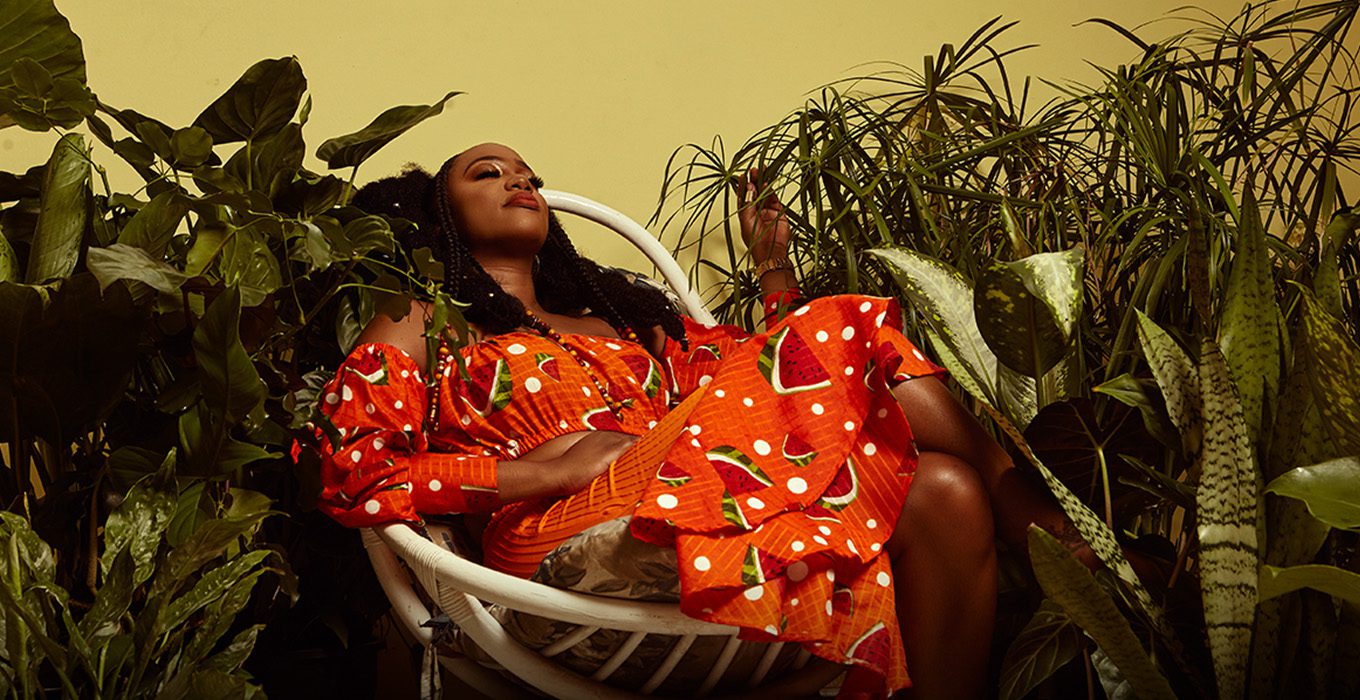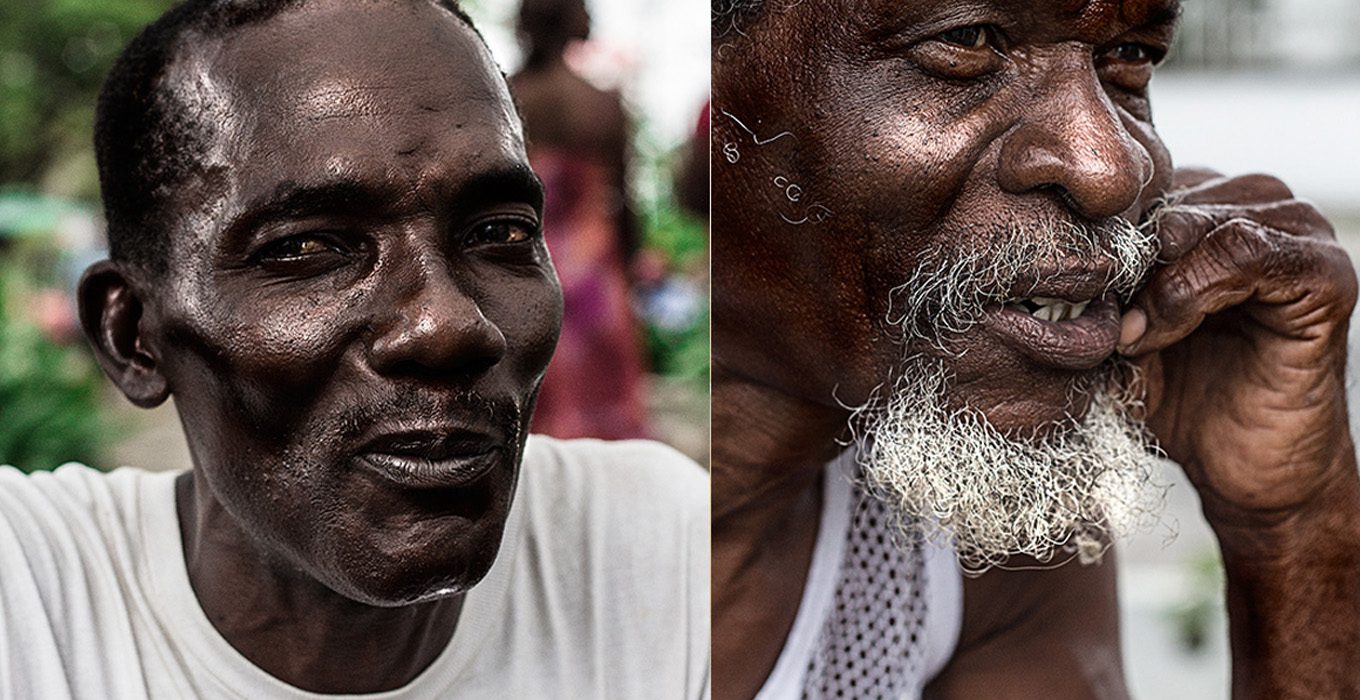

April 12, 2015
A hot and humid Saturday afternoon, we set off navigating the hustle and bustle of Georgetown’s craziness: a melee of traffic and pedestrians. We were headed to the Main Street Avenue in search of the sculptors I’d passed many a day as a child. Bombarded by the incessant beep of horns – both while we’re stationary and crawling slowly up the street – we’re constantly on the brake, trying to save the life and limb of people who just walk out into the street with no concern for their own safety. The colorful masqueraders who are dancing in the streets during the holiday season wreak havoc on the already horrendous traffic. It is a drive filled with numerous frustrations and unpleasant words.
We’re in search of a sculpture for my sister’s sixth wedding anniversary. We – my mother, my other sister, and myself – want something that looks like a man and his wife while my father sits in the car, preferring to be the one cussing and beeping at the haphazard walkers.
The Main Street Avenue is a strip of asphalt that divides Main Street, which runs north and south, evenly down the middle. When it isn’t flooded, it’s meant to be used by the pedestrians but seldom ever is: why walk in the pedestrian space when you can make the traffic that is already terrible even more horrendous?
The avenue is covered by a canopy of trees, like interlocking fingers that reach over from either side of the pedestrian strip. Sometimes you’re in the shade, which is a welcome oasis on the hottest of hot days, and sometimes you aren’t. A few of these trees are illuminated at night, a sight to behold as you drive down the street headed to one of the restaurants or nightlife spots.
The avenue carries a lot of history and actually speaks of Guyana’s colonial past. It was originally a fresh water reservoir that was home to small fish, water lilies and the country’s national flower, the Victoria Regia. Eventually, the reservoir was infilled and this new strip was named the Queen Victoria Promenade. But today it is the Main Street Avenue – home to old men who pass their time etching away at chunks of wood. These are the men I remember from my childhood. I’m not sure if they’re the same men from those days, but I am sure that men of this trade have always been there.
We walk around, from sculptor to sculptor, looking at their pieces – trying to find one that is just a man and his wife, but alas, many are a man, his wife and their children – at least the ones we can figure out ourselves.
It is mind blowing to watch these old men work. It is marvelous the way they take what used to be a piece of a tree and carve what looks like a woman dancing, a mother and her baby, a family of four, and other abstract forms.
This is my first sculpture purchase and as a design student my mother turns to me to lend my own opinion to this purchase. I can actually see how some of the concepts I have learned in architecture school relate to other disciplines of art – like positive and negative space. This is my chance to talk to them about their livelihood. I spoke to four different men, all in different stages of their life, and they each had a different story to tell.
On this visit, I started with Ras Iah, an older and greying gentleman with his locks tucked back into a crocheted cap. He’d started sculpting as a hobby in 1983 and he’d learned from observing another craftsman; but he hasn’t been out on the avenue since then, he’s only been out here for 23 years. Sometimes he’s inspired by the wood he carves his masterpieces out of – mahogany, saaman, purple heart, greenheart and numerous other fruit tree woods – other times he knows exactly what he wants to carve. Through his work, he is allowed to immortalize what happens in his country, the society, and his life.
However, his art is challenged by those who think he and his colleagues are wasting their time and do not appreciate their craft. It’s also being affected negatively by commercialization, but this doesn’t deter him or his love of sculpting. Instead, it forces him to work harder and longer to make ends meet. He is one of the sculptors that got to witness the introduction of the visual arts competition and he is hopeful that education will allow future generations to have a greater appreciation of his craft.
At this point, the sky opens up and he is forced to hurriedly pack away his raw materials and tools, and cover his pieces with a large tarp as I run off seeking shelter when it hits me that this is a problem he’s faced with on a daily basis throughout the rainy season.
A few days later, when the skies had finally cleared, I returned and chatted with Marvin Phillips. It was still just as hot and humid, and the chaotic Christmas hustle and bustle was worse, as we got closer to the holiday. Marvin was a protégé of Gary Thomas, a man he described as the number one artist in Guyana, who has since migrated. He let me know that just like me, other customers that have bought from him in his 25 years of sculpting, had to have his masterpieces explained to them. Despite this, his outlook was much brighter than that of the other artists, he felt that his craft was well received, perceived, and appreciated.
Guyana, once a colony, lent inspiration from its past to Brenten Lewis, a self-taught artist. He gathers his inspiration from his African ancestry and believes that the future of sculpture in Guyana is dependent on the Guyanese government – without the government’s input, the artists are self-dependent and the locals do not appreciate the art enough for them to be able to support themselves. Marketing is a problem he and the other artists are faced with, especially when there isn’t a high influx of tourists, because locals do not have a high appreciation of their craft.
And then I happened upon Hands, a sculptor whose surname I found witty for his trade. Leslie Hands started off expressing himself and showing his feelings by drawing positive and negative spaces in school and eventually turned these drawings into positive and negative spaces in wood. He just wants to use his work to do good, to show good, and to express himself, which finally convinced all of us that my idea to purchase a sculpture would not only make a great gift, but also a great story.


INTERVIEWER: Michelle Andrea Ford PHOTOGRAPHER: Michael Fernandes